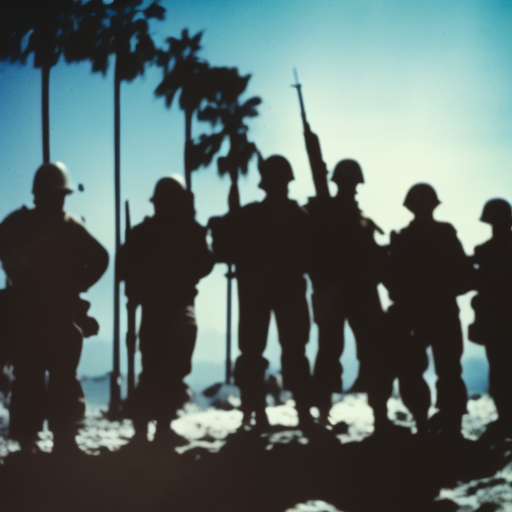Summary: War of Canudos
The War of Canudos was a conflict that took place in Brazil from 1896 to 1897. It was a rebellion led by a charismatic religious leader named Antônio Conselheiro, who established a community in the remote region of Canudos. The conflict arose due to a combination of social, economic, and political factors, including the marginalization of the rural poor and the influence of millenarian beliefs. The Brazilian government, fearing a challenge to its authority, launched multiple military campaigns to suppress the rebellion. After several failed attempts, the government eventually succeeded in crushing the rebellion, resulting in the destruction of Canudos and the deaths of thousands of people.
Background
The War of Canudos took place in the northeastern region of Brazil, which was characterized by poverty, droughts, and social inequality. The rural poor, known as sertanejos, faced harsh living conditions and were often neglected by the government. In this context, Antônio Conselheiro emerged as a religious leader who offered hope and solace to the marginalized population. He preached against the injustices of society and attracted a large following.
The Rise of Canudos
Antônio Conselheiro and his followers established a community in the remote region of Canudos, where they sought to create a utopian society based on religious principles. The community grew rapidly, attracting not only the poor but also disillusioned individuals from various social backgrounds. Canudos became a symbol of resistance against the oppressive social and political order.
Government Response
The Brazilian government, alarmed by the growing influence of Canudos and fearing a challenge to its authority, decided to take action. In 1896, the government launched its first military campaign against Canudos, underestimating the strength and determination of the rebels. The campaign ended in failure, with the government suffering heavy losses.
Subsequent Campaigns
Undeterred by their initial defeat, the government launched two more military campaigns against Canudos. The second campaign, in 1897, was led by a more experienced and ruthless military commander, General Artur Oscar de Andrade Guimarães. The government forces employed brutal tactics, including indiscriminate bombings and mass killings. However, the rebels, entrenched in their fortified positions, fiercely resisted the attacks.
Final Assault and Destruction
The third and final campaign against Canudos began in June 1897. The government forces, now numbering over 10,000 soldiers, launched a massive assault on the rebel stronghold. After several weeks of intense fighting, the government troops finally broke through the defenses and captured Canudos. The town was razed to the ground, and its inhabitants were either killed or forced to flee.
Aftermath
The War of Canudos resulted in the deaths of thousands of people, including both rebels and government soldiers. The conflict exposed the deep social and economic inequalities in Brazil and highlighted the government’s neglect of the rural poor. The destruction of Canudos served as a stark reminder of the state’s power and its willingness to suppress dissent.
Legacy
The War of Canudos left a lasting impact on Brazilian society and politics. It became a symbol of resistance against oppression and inspired future movements for social justice. The conflict also sparked debates about the role of religion, the treatment of marginalized communities, and the limits of state power. Canudos remains a powerful symbol of resilience and defiance in Brazilian history.












